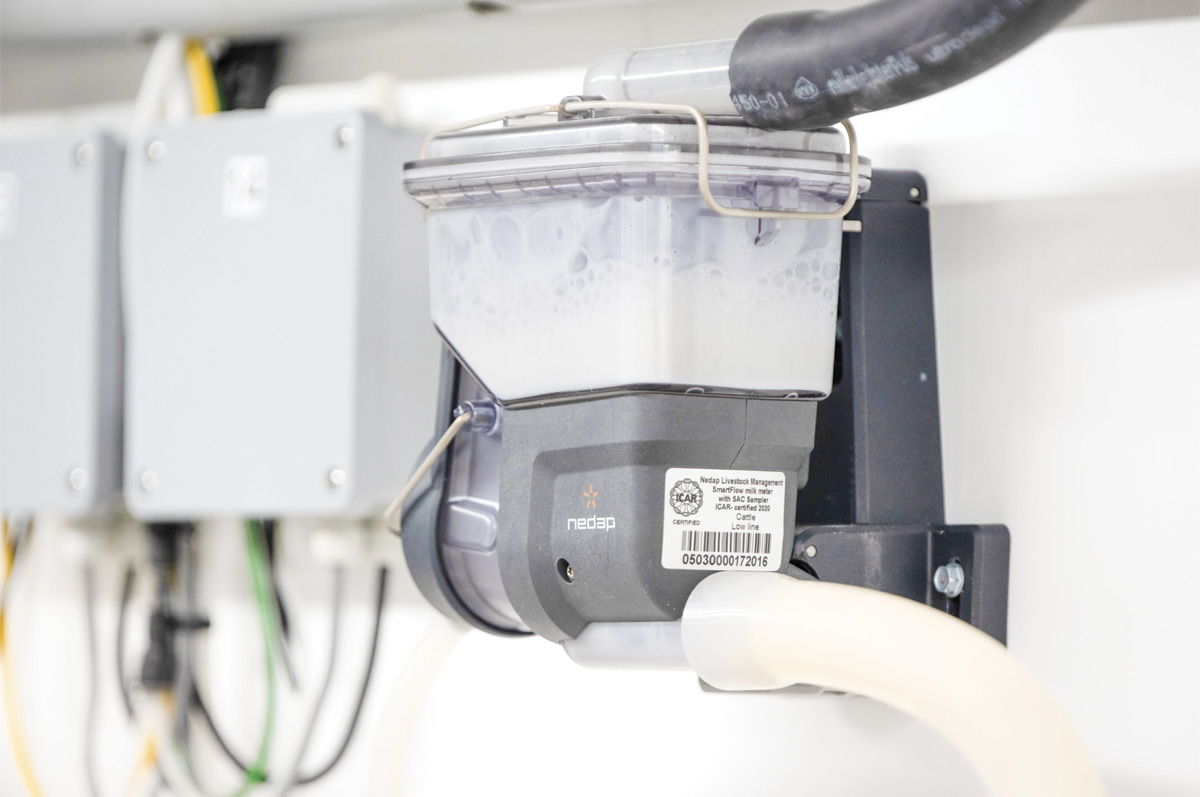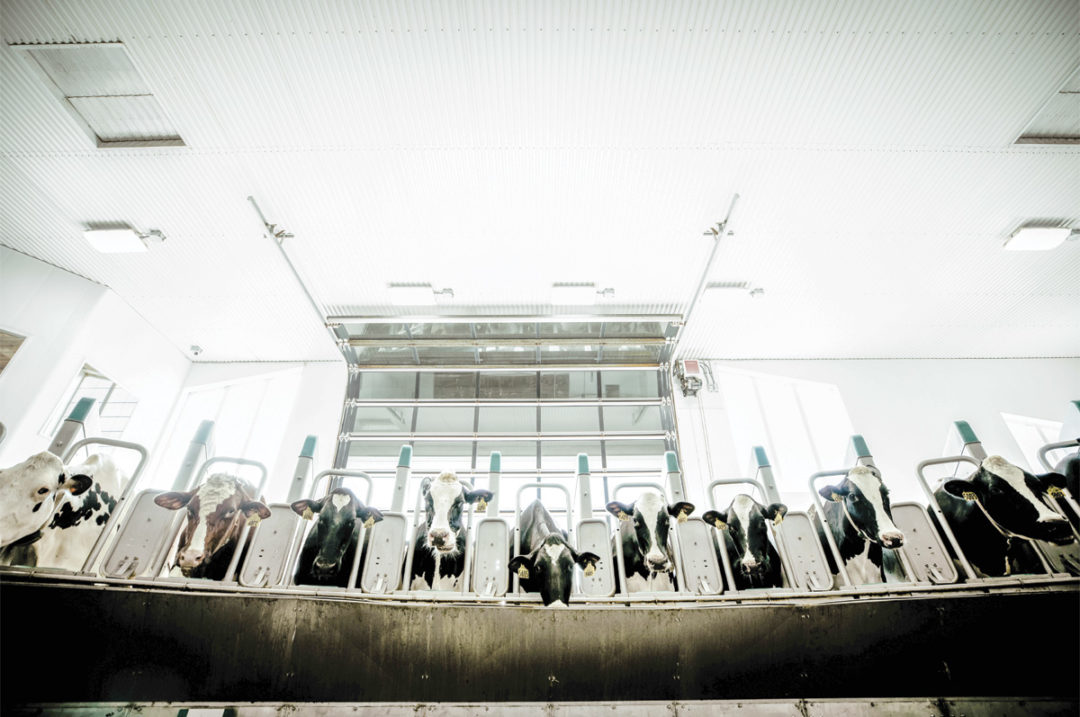If you are like most dairy farmers, milk production tracking and monitoring animal health indicators are your primary reasons for investing in milk meters. And while data informing those key benchmarks are important benefits of a milk metering system, you can gain even more insight into how your dairy functions in the parlor and the barn by expanding data analysis beyond these basic parameters.
Advances in data collection and monitoring can help you gain a better understanding of your herd and provide timely, accurate and actionable insights that inform better management practices across your dairy.
Do your investment homework
Whether you are looking to invest in milk meters for the first time or upgrading your current system, it is important to consider what you are trying to accomplish with parlor data.
Begin your analysis by asking these three questions:
- Do milk meters fit into your dairy’s current parlor system?
- What is driving you to invest in a milk metering system?
- What do you want to gain from using milk meters?
As you think about these questions, consider that while milk meters provide a wealth of data, your parlor and data systems must be able to accommodate the new technology. And, your management must be able to implement actions indicated by the data collected. Otherwise, you will not get the most out of the investment. These tools can provide all the data in the world, but if the information is not usable for your operation, it is just numbers on a screen.
An aptitude for data usage is another fundamental point to ponder. If you are interested in enhancing data, making sure cows are productive and making sure the right cows are being carried forward in the future of your farm, then parlor data may be a wise addition to your management plans. If monitoring these areas and then acting is not of interest, milk meters may not be an optimal investment for you.
Also, be sure your dairy is set up to handle calibrations and annual maintenance and that you have a plan to properly use the data. Keep in mind, there are gaskets and rubber goods and things inside milk meters that require extra maintenance compared to a non-metered parlor. Even self-calibrating milk meters require some maintenance.
During your investment analysis, evaluate parlor data’s value to your farm compared to the extra steps milk meters can add to your systems. Use the following points to help with your investigation.
Identify the right data
The ability to select the data you want to monitor is a significant benefit of a milk meter system. Keep in mind, areas of focus may be different from farm to farm and can shift over time as your priorities and management style evolve.
Milk production for individual cows may be important for one farm to help assess animal health and performance, while another dairy wants to see milking time, unit-on time or drop-off rates, and uses this information to help improve task execution by the parlor team.
Once you know which data points are most important to you, deciding how to analyze that information is another vital consideration. An easy-to-use dashboard paired with other herd management software allows milk meter data to shine in conjunction with other herd management data collected, like animal activity and rumination.
Dashboards create a place for all the data collected on your farm to live, and you can create custom reports and alerts to easily monitor the most important aspects of your dairy.
Put data to work in the parlor
Data from milk meters can stretch beyond cow performance to assess what is happening during milking. You can monitor the protocols and processes in the parlor and learn where adjustments or additional training are needed.
These data can help pinpoint areas where proper procedures are sacrificed for the sake of speedy cow throughput. Parlor efficiency is important but should not replace optimal milking procedure.
Use parlor data to determine the percentage of:
- Bimodal cows in the parlor because of incorrect prep procedures
- Cows put on manual mode, slowing down parlor efficiency and cow throughput
- Early detachments
These missed procedures can negatively impact cows’ production and profitability. And the bottom line is, farms make money from milk production. If all cows are not profitable, your entire farm’s margins are affected. Milk meters can help you monitor key data points to improve production and profitability for your farm.

Milk metering systems are important to ensure producers are tuned into their herd’s production capabilities. Photo courtesy of Nedap.
Tackle industry challenges
Finally, milk metering systems play a significant role in milk inventory management for individual farms and the larger dairy industry. Globally, processing pressure is changing milk routing and milk plant processing capabilities. These issues go beyond milk quota discussions in many parts of the world.
Milk metering systems are important to ensure you are tuned into your herd’s production capabilities, or what you can provide to your milk plant and processors, without incurring penalties.
Every farm has an idea of how much milk they can produce each year. Parlor data can help make sure you have the right cows milking, to optimize every stall on your farm and create better housing management opportunities for your herd.
This knowledge may also allow you to trim feed or veterinary and health costs by knowing which cows are the healthiest and most profitable in your herd. Removing cows on the lower production end of your herd may result in improved profitability because these generally are cows with chronic health issues and reproductive challenges that can weigh on total farm financial performance.
The parlor is the heartbeat of the farm. Insights gained from data captured there can bring the whole farm together and ensure productivity and profitability are working at healthy levels.







